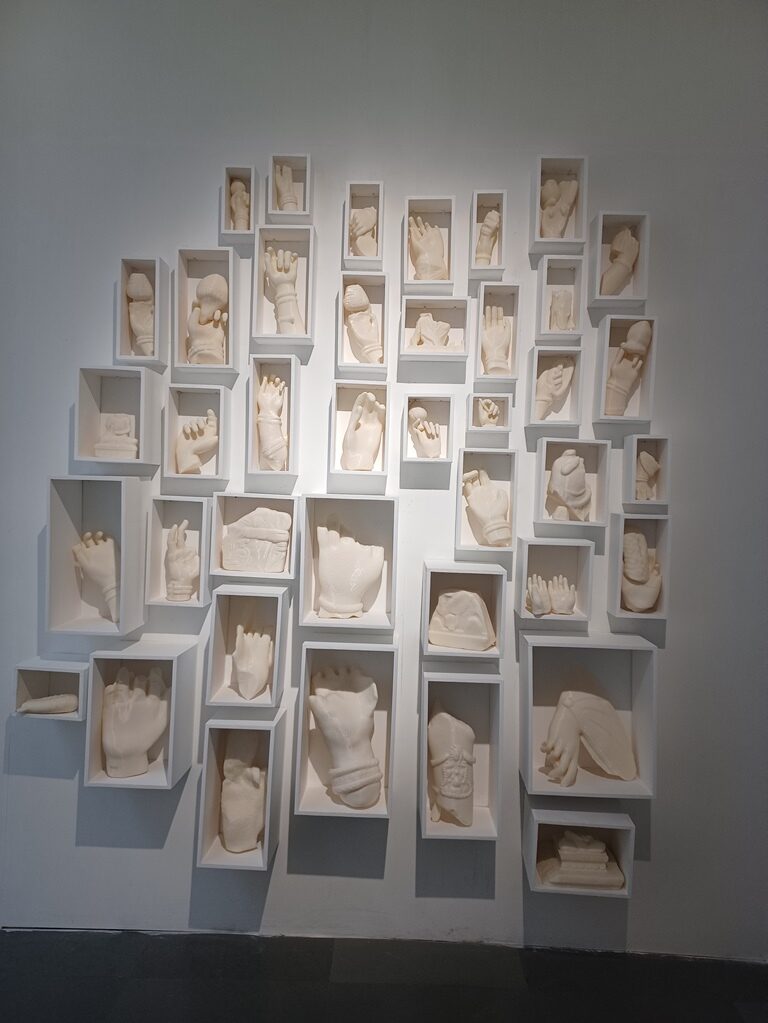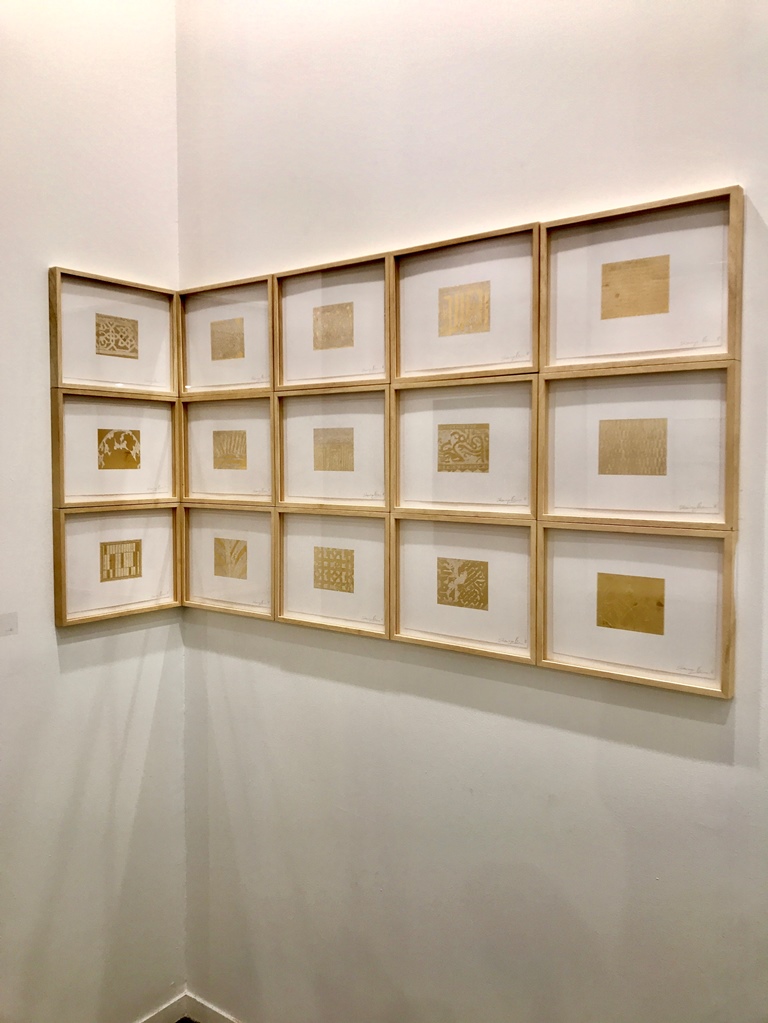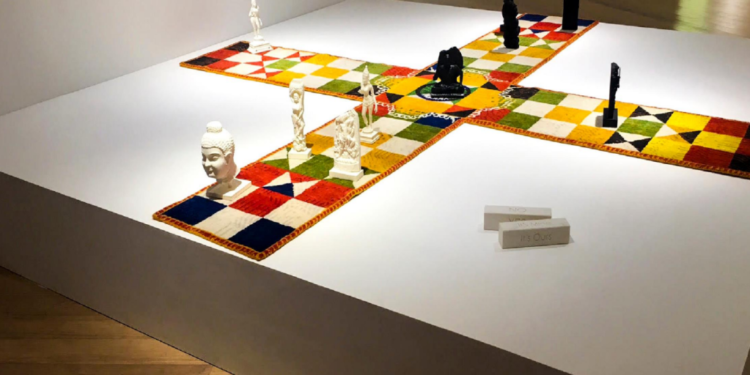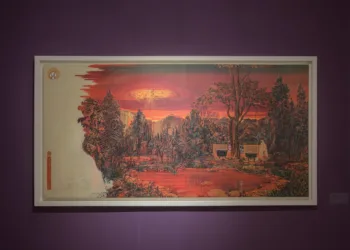SHAURYA KUMAR, a Chicago-based art teacher who passed out from Delhi Art School raises issues of history through his art works shown at a recent exhibition in New Delhi
BY PARSA VENKATESHWAR RAO JR
It was deeply stirring to view Shaurya Kumar’s solo exhibition provocatively titled “There is no God in the Temple”—a line taken from Rabindranath Tagore’s poem—at Gallery Threshold in New Delhi over November 2 to December 21, 2022. It was not about viewing the paintings and installations and admiring the aesthetics of it. Kumar, who teaches at the reputed School of the Art Institute of Chicago, grapples with questions of art and art history through his paintings and installations. His art can be termed ‘conceptual art’, where he is keen to express ideas and questions more than just colours and figures.
There are two Rajasthani-style paintings showing episodes from the stories of Rama and Krishna. Kumar has collaborated with a Rajasthani-style painter to convey his ideas. There is the painting showing Rama, Sita and Lakshmana going to the forest. What we see in the paintings are three trees. What is not there are the figures of Rama, Sita and Lakshmana. This should not be taken to mean that the trees represent the three figures. We know that in early Buddhist art, the Buddha was shown through the symbolic tree, meditating under which he had attained Nirvana, or the wheel showing the ‘dharma chakra’. In this Rajasthani painting, Kumar is indicating the plain absence of the three figures.
Similarly, there is the painting showing Yashoda with a rod in her hand ready to chastise boy Krishna for stealing the butter from the homes of the Gopikas or the milk-maidens. Krishna in this picture is out of the frame, and Yashoda with the rod in her hand is looking outside the frame, and the milk-maidens are standing in a group at this end of the frame. The concept is clear: the absence of God. To convey his idea, Kumar collaborated with an artist who was adept in the Rajasthani style of painting while the ideas were his own. He adopts an unorthodox approach.


There is a sculptural frame with broken limbs. Kumar says that when he went to the National Museum, he saw parts of broken or missing sculptures in the warehouse of the museum and was trying to reconstruct the lost or broken sculptures of which the remnants were a part, and it leads one to connect with the history of art, where through the ravages of time and history, art objects have been left denuded. Kumar is contemplating the history of art through the assembly of the limbs in a single sculptural frame, and is inviting the viewer to do the same.
Then there is the installation showing the ancient board game of dice, and in some of the squares are placed sculptures. And there is a dice next to the board. The throw of the dice raises the question of who possesses the art piece, of those who lost the pieces through the throw of the dice. It is a stark reflection of the antiques bazaar where the pieces stolen and smuggled are sold and purchased. And those who come to possess the antique piece assert their own power. It is a comment on how so many of the Indian and eastern art pieces are found in different countries, either in museums or private collections, and which were not acquired in a straightforward fashion.
Kumar thus sets up a different kind of conversation between the artist and the viewer. It is not a passive act on the part of the viewer, appreciating the work of art and through it the artist’s creativity. It is interesting that Kumar is an art teacher and he seems to be continuously motivating his students to get a debate going in the classroom. And he seems to adopt the same pedagogical style through his art exhibition.
An alumnus of the Delhi School of Art, 43-year-old Kumar says that he was mentored by the well-known artist, Anupam Sood, and though he moved to the United States in 2004, living in New York for many years before he moved to Chicago, where he has spent more than a decade, he has not lost interest in issues concerning Indian art. He curated an exhibition of Indian artists living in the United States in Chicago, which was on from September 2021 to March 2022. He said that though the number of artists whose works were on display in the exhibition was not too many, the talent that was showcased was immense and diverse. He is engaged in teaching at the reputed School of the Art Institute of Chicago, where he is also the Chair of Faculty in the Office of the Dean of Faculty.








